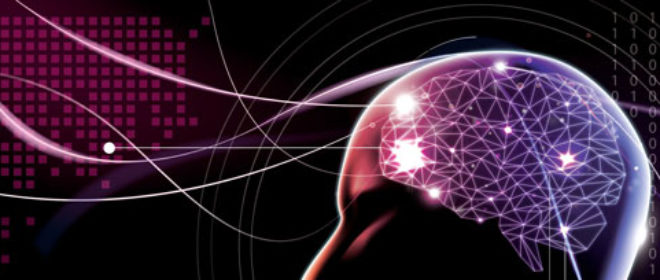
How Brain-compatible approaches are delivered differently from traditional/conventional classroom instructions – 01 Gaining Learners’ Attention
Brain-Based Learning theories/principles attempt to explain how, and under what conditions, learner’s brain takes in, processes and memorizes best as educators or teachers employ different classroom instructions to enable different students master knowledge; concepts or solve problems. I strongly trust that classroom teaching and learning strategies cannot be divorced from theory because theories have the following functions: (1) they define scientific questions; (2) they provide a means for selecting variables and measures; and (3) they make possible the interpretations of results (Vito and Blankenship, 2002).
Consequently, research must support educators in selecting the most appropriate, practical and effective pedagogical approaches which help learners develop a healthy brain for life-long learning. Theory provides the reason why a program, policy or strategy is expected to work. Theory leads to the development of hypotheses that can be tested and examined.
From 2000 onwards, I have continued to connect neurological studies that are related to learning & teaching, follow the suggestions by Brain-Based Learning pioneers and practice varying my teaching instructions with Brain-Based Learning strategies. At the same time, I also work with educators/teachers of different schools by introducing them to the principles and effective strategies of BBL. With dedicated teachers committed to helping more students successfully learn or develop their potential fully, Brain-Based Learning is an avenue for further exploration, evaluation and modification.
I have developed strong interest to examine more in-depth, make compare and contrast on how classroom delivery strategies of some traditional teaching practices can be undertaken differently in a brain-compatible manner, with the support of neuroscience research and/or BBL principles. With this in mind, let me progressively share some of my observations through Dr. Eric Jensen’s platform.
References:
Hobson, J. A. (1994) The Chemistry of Consciousness: How the Brain Changes its Mind. Boston: Little, Brown.
Jensen, E. (1997) Teaching with the Brain in Mind. San Diego: The Brain Store.
Jensen, E. (2003) Tools for Engagement: Managing Emotional States for Learner Success (1st ed.). San Diego: The Brain Store.
Vito, G.F., & Blankenship, M. (2002) Statistical Analysis in Criminal Justice and Criminology: A User’s Guide. Prentice Hall.
